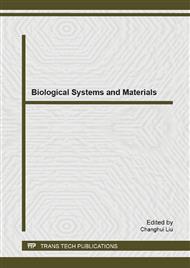p.104
p.110
p.116
p.123
p.129
p.136
p.143
p.150
p.159
Rheology-Based Stability Analysis of Soft Rock Tunnel in Construction Suspension
Abstract:
Suspension in tunnel construction usually cause tunnel callapse in weak ground if the suspension time is long. Dongkeling tunnel on Guizhou-Guangxi line being as the engineering background, the indoor rheological experiment and back analysis were performed to obtain the rheological model and parameters of the surrounding rock, and the 3D viscoelasto-plastic calculation model was established to find the evolving rules of deformation at critical locations under two different water contents. It was found that the primary support has little effect on rheology of tunnel work face but on the cross section, and decreasing the water content of the surrounding rock to medium or low saturation level favors the tunnel stabillity greatly for water abundent tunnels.
Info:
Periodical:
Pages:
129-135
Citation:
Online since:
May 2014
Authors:
Keywords:
Price:
Сopyright:
© 2014 Trans Tech Publications Ltd. All Rights Reserved
Share:
Citation:


